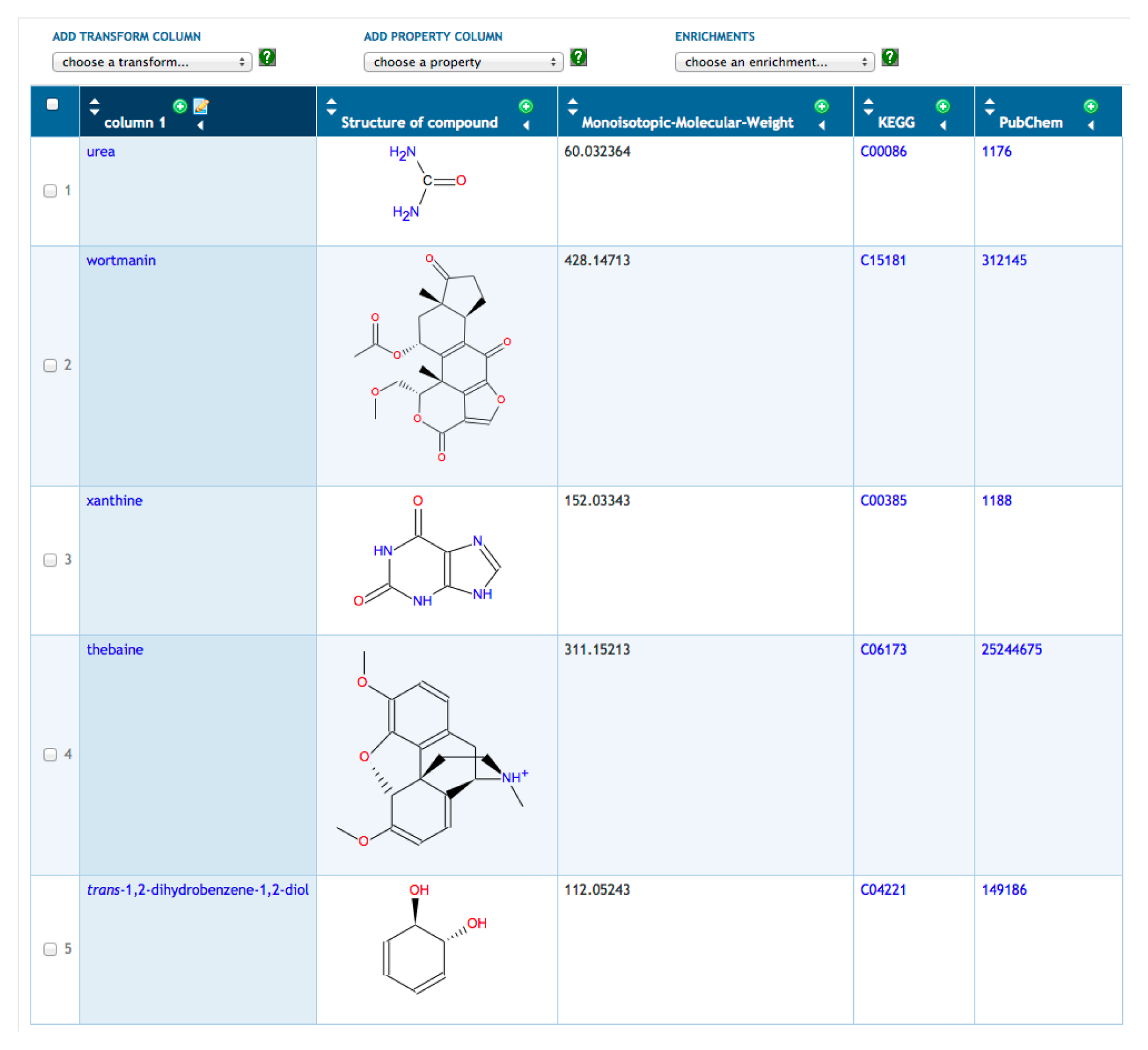
Thus, our model provides a qualitative explanation for broad distributions of regulon sizes in prokaryotes. The distribution of lengths of pathway branches in our model agrees with that of the real-life metabolic network of Escherichia coli. We propose several simple models of network evolution elaborating on this toolbox argument and reproducing the empirically observed quadratic scaling. g., because of a loss of a nutrient from the environment, followed by deletion of its regulator and all enzymes that become redundant. R, D and D e are set of the reactions of the original model, the universal dataset of KEGG reactions and the universal dataset of exchange reactions, respectively. From this observation, it logically follows that the number of functional tasks and their regulators increases faster than linearly with the total number of genes encoding enzymes. Construction of metabolic network matrices: Biochemical reactions described within a WIT. As the repertoire of enzymes of an organism (its toolbox) grows larger, it can reuse its enzyme tools more often and thus needs to get fewer new ones to master each new task. removing synonyms and substrates without defined chemical identity. Adapting to a new environmental condition monitored by a new transcription factor (e.g., learning to use another nutrient) involves both acquiring new enzymes and reusing some of the enzymes already encoded in the genome. We propose a conceptual explanation of this finding and illustrate it using a simple model in which metabolic and regulatory networks of prokaryotes are shaped by horizontal gene transfer of coregulated metabolic pathways.

It has been reported that the number of transcription factors encoded in prokaryotic genomes scales approximately quadratically with their total number of genes.


 0 kommentar(er)
0 kommentar(er)
